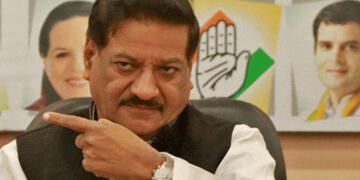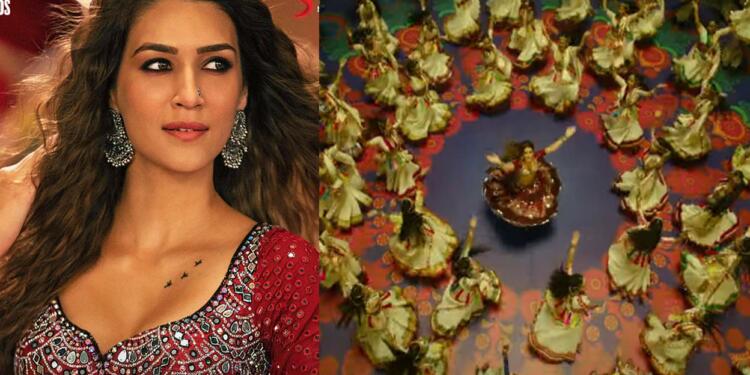Kriti Sanon starrer Bollywood film “Mimi”, released last month had a song titled Param Sundari, composed by Oscar winner AR Rahman. The song became an instant hit with the social media platforms replete with influencer’s lip-syncing, dancing and grooving to the song. However, what struck with the song was its use of Sanskritised Hindi, albeit for few lines in an increasingly Urdu-fied Bollywood.
A Bollywood that is still stuck on words such as Dil, Jigar, Nazar, Sanam, Kasam, Humsafar, Nadaan, Iqraar, Izhaar, Eitbaar, Dilbar, Hosh, Madhosh, Dhadkan, Inkaar, Mehboob, Mohabbat, Khat, Dua, Tanhai, Khayal, Lafz, Ishq, Ashiq, Allah, Maula, Khuda, Jazbaat, Beqaraar etc. it was indeed refreshing to hear Param, Param, Param Sundari and words like kadambari.
The use of Hindi words also lends weight to the claims of the traditionalists who have always remarked that Bollywood songs can be churned out using the language, which the Akhtars and Ludhyanvis of the industry are hell-bent on removing the influence of. It also reinforces the belief that Bollywood doesn’t need the crutches of Urdu to stand out.
Bollywood calls itself a Hindi film industry, but it’s a Hindustani film industry. Hindustani has the grammatical structure of Hindi, but it replaces most of the Sanskrit based vocabulary with the words originating from Persian, Arabic and Chagatai (Turkic).
Read more: Next time when You say We have a “Hindi” Film Industry, Think thrice.
While it is true that Urdu/Persian was the most patronized literature by the Islamic empires in north India, the financial dominance of Bollywood by the Muslim underworld has a huge part to play in the “Urdufication” of Bollywood. The “Urduization” of Hindi via Bollywood is not a new phenomenon at all. It’s been going on right through the 1940s to the 90s and beyond. Some of the songs are so persianised that the listener feels if at all any Hindi substitute to the lyrics exists at all.
The huge bulk of Shayari (which is promoted as something as grand as astrophysics in Hindi cinema), consists of the poet or protagonist fantasizing about how a woman would look once her veil is off.
Urdu is promoted as a rich and cultural language in Bollywood. A sherwani wearing Khan Sahab who starts every discussion with “barkhurdar” is always very mature and upright and with deep insight on life. On the contrary, someone who speaks shuddh Hindi will always be shown as a bumbling idiot.
TFI founder Atul Mishra had translated few heavy Urdu laden songs and given them a unique spin with pure, unadulterated Hindu versions. The end product was surprisingly soothing to the ears and perhaps even pips the original version. Such is the beauty of the Hindi language.
Original: हमारी अधूरी कहानी
संस्कृतनिष्ठ हिन्दी: हमारा अपूर्ण वृत्तान्त
So I took the Urdu-Farsi heavy song "Hamari Adhoori Kahani" and turned it into #ShuddhHindiSong. Do listen and let me know if you want me to keep doing this.https://t.co/WQjQ58qYzr
— Atul Kumar Mishra (@TheAtulMishra) July 16, 2020
Urdu is nothing but a mix-match of Persian, Turkic and Arabic vocabulary woven into the Hindustani grammar structure. But as per seculars, it is a culturally rich language. The literature which doesn’t even have even its vocabulary is better than Sanskrit or Hindi, as far as secular values are concerned. However, it is indeed heartening to see few Hindu and Sanskrit words making their way back into the mainstream songs.


































